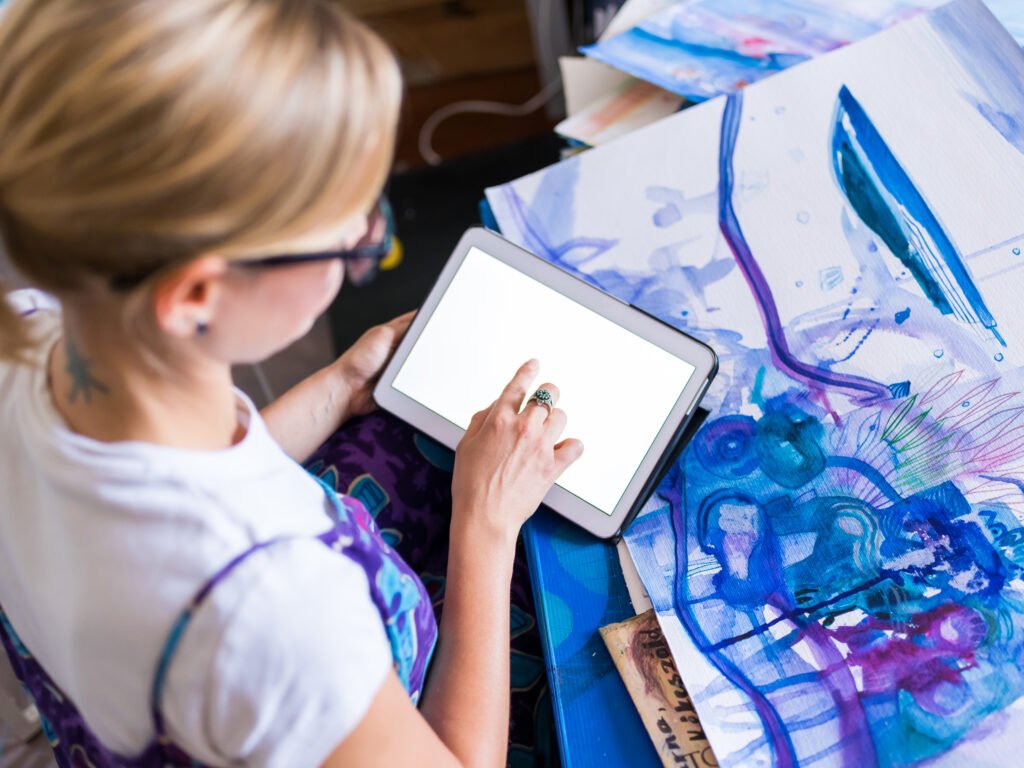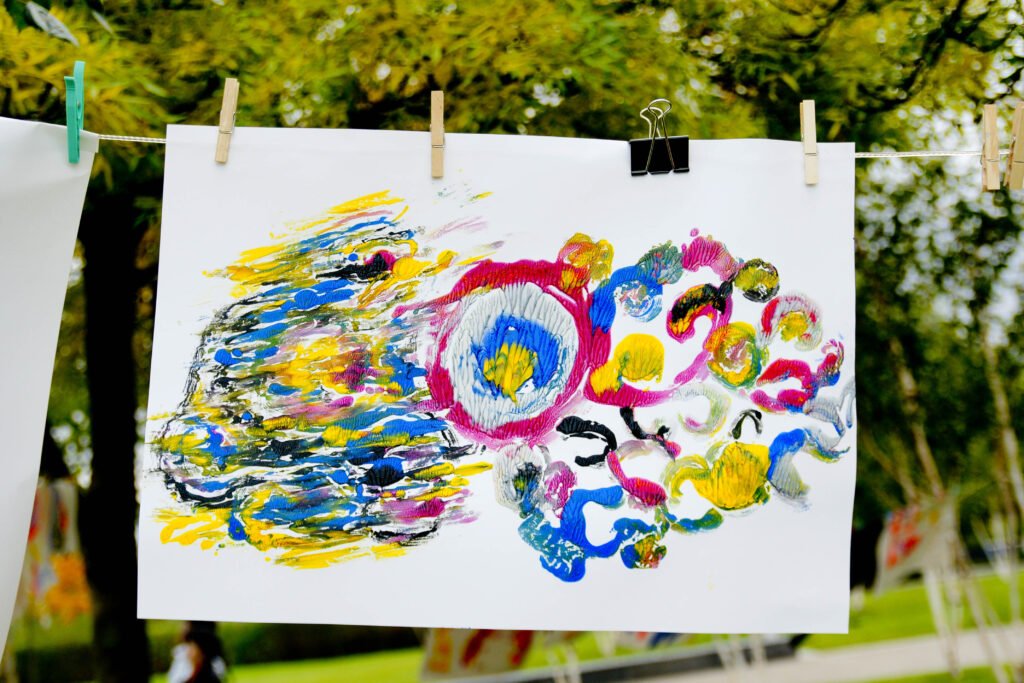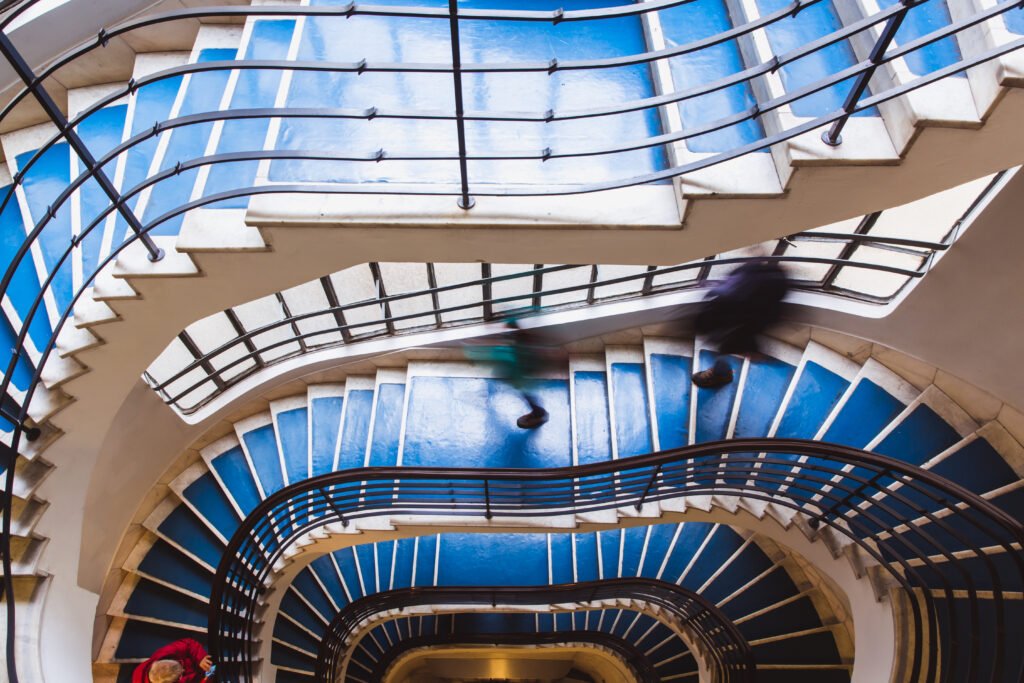Digital abstract art is one of the most exciting frontiers of contemporary creativity. Blending algorithms, graphic software, artificial intelligence, and visual freedom, it is redefining our understanding of art in the 21st century. Unlike traditional techniques, digital abstract art breaks away from physical media, emerging on screens, projections, immersive platforms, and even in the NFT universe.
This new context has also transformed art consumption habits. More and more people are choosing to buy digital abstract art online, looking for pieces that combine technology and emotional resonance. New formats bring forth new artists, markets, and aesthetic experiences. Innovation leads the way, and experimentation is the method.
How Technology is Redefining Abstraction
Digital abstract art breaks free from material constraints. Instead of paint and canvas, artists work with code, pixels, and vectors. This flexibility enables creations that would be impossible in the physical world. According to the study Generative Aesthetics in Digital Abstraction, published by the Massachusetts Institute of Technology (MIT) in 2022, generative art — created using programmed algorithms — allows abstract works to evolve in real time, producing infinite variations from specific data inputs.

Artists like Casey Reas, co-founder of the Processing software, exemplify how code has become a poetic tool. His creations constantly transform, challenging the very concept of a “finished” piece. Meanwhile, artists like Sofia Crespo use neural networks to generate organic and abstract compositions that mimic natural forms. These digital artworks appeal to a growing audience interested in buying digital art not only as decoration but also as cultural and technological investment.
Moreover, digital abstract art intersects with other fields, such as sound, performance, and immersive architecture. Many contemporary pieces explore 3D environments, augmented reality, and artificial intelligence, offering audiences a complete sensory experience. This innovation attracts not only collectors but also global brands, institutions, and cultural platforms.
The Rise of Digital Abstract Art in the Global Market
Digital abstract art has become one of the fastest-growing segments in the online art market. According to The Art Market 2023 report, published by Art Basel in collaboration with UBS, digital art sales rose 34% compared to the previous year, driven by specialized platforms such as SuperRare, Foundation, and Art Blocks.
These virtual marketplaces have become some of the best places to buy digital art today. They offer exclusive artworks certified via blockchain, ensuring authenticity and scarcity — two essential elements for value in today’s art market. Additionally, modern collectors appreciate the ability to buy directly from artists, follow their creative processes, and build closer connections.
Another important factor is decentralization. Digital abstract art no longer depends on major urban centers or traditional institutions. Artists from around the world can now exhibit, sell, and promote their work globally with nothing more than an internet connection. This has expanded the aesthetic, cultural, and technical diversity of abstract production, democratizing both creation and access.
With the NFT boom between 2020 and 2022, the conversation around the value of digital art intensified. However, even after market stabilization, digital abstract art has established itself as a powerful and distinct artistic language. It challenges norms, creates new experiences, and continues to attract an audience increasingly open to experimentation.
For anyone looking to buy digital abstract art today, the landscape is promising: filled with variety, innovation, and a new aesthetic universe being built before our eyes.



